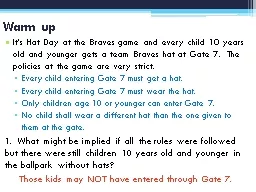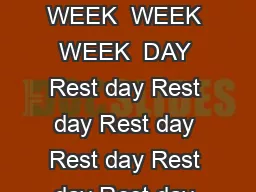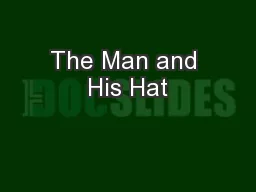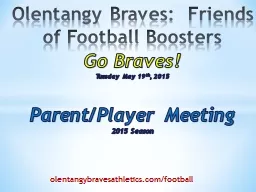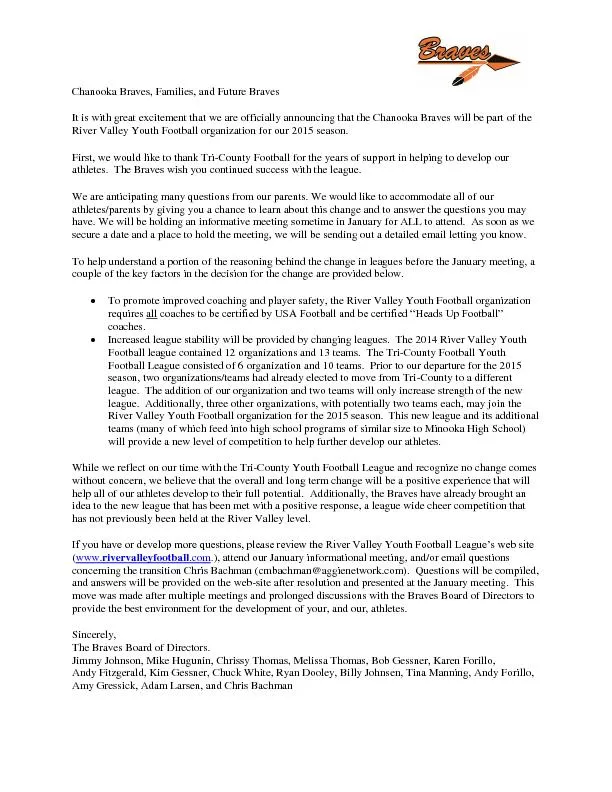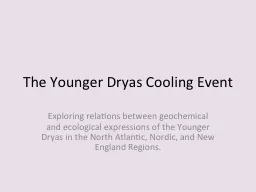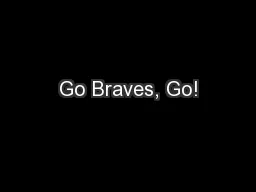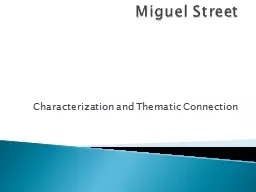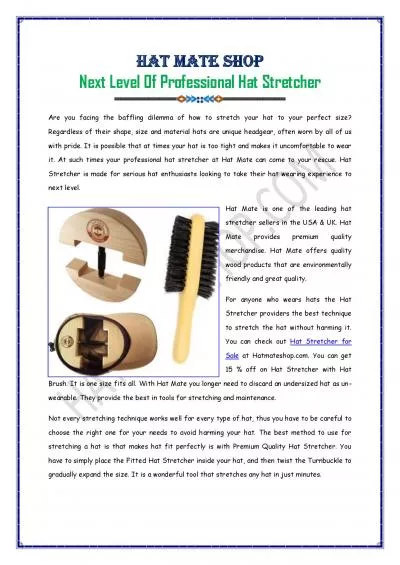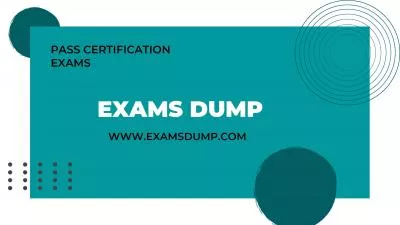PPT-Warm up It’s Hat Day at the Braves game and every child 10 years old and younger gets
Author : cheryl-pisano | Published Date : 2018-09-25
Every child entering Gate 7 must get a hat Every child entering Gate 7 must wear the hat Only children age 10 or younger can enter Gate 7 No child shall wear a different
Presentation Embed Code
Download Presentation
Download Presentation The PPT/PDF document "Warm up It’s Hat Day at the Braves gam..." is the property of its rightful owner. Permission is granted to download and print the materials on this website for personal, non-commercial use only, and to display it on your personal computer provided you do not modify the materials and that you retain all copyright notices contained in the materials. By downloading content from our website, you accept the terms of this agreement.
Warm up It’s Hat Day at the Braves game and every child 10 years old and younger gets: Transcript
Download Rules Of Document
"Warm up It’s Hat Day at the Braves game and every child 10 years old and younger gets"The content belongs to its owner. You may download and print it for personal use, without modification, and keep all copyright notices. By downloading, you agree to these terms.
Related Documents

